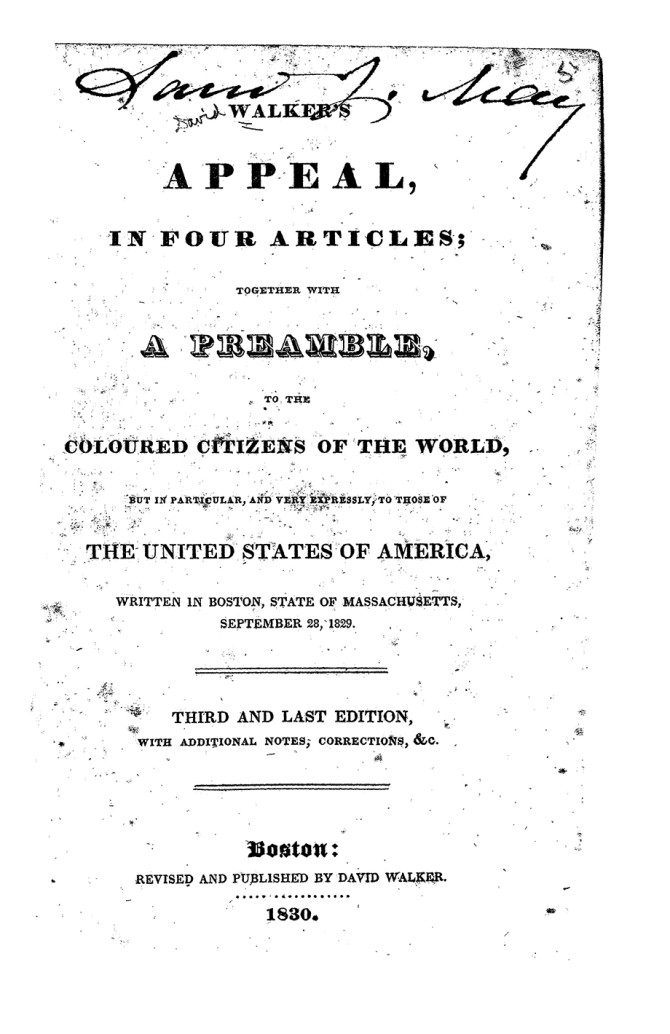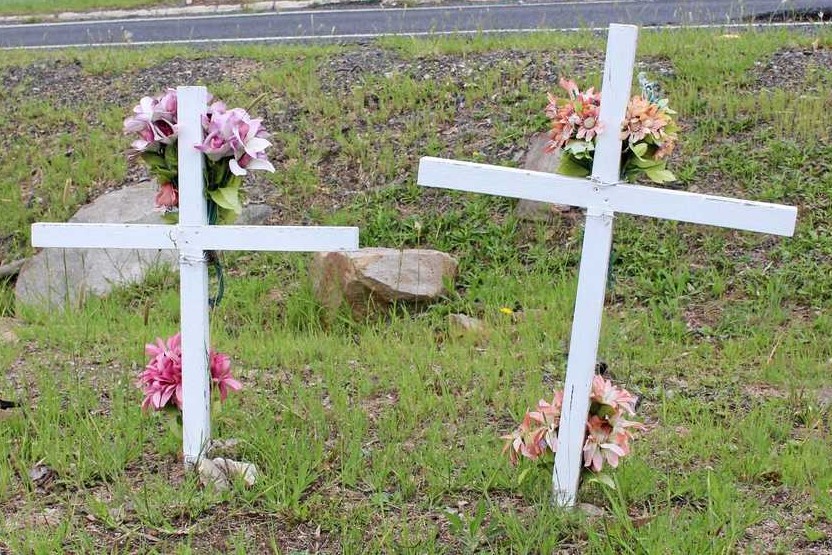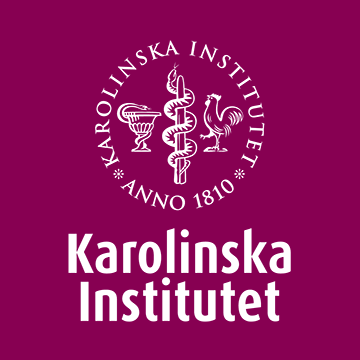The Australian Government has taken the next step in fighting deadly occupational respiratory diseases like silicosis by this week launching the first National Occupational Respiratory Disease Registry to improve occupational health and safety in Australian workplaces.
Nearly one in four engineered stone workers employed in the industry prior to 2018 have been diagnosed with silicosis or other silica-dust-related diseases. This number is predicted to rise but the total number of workers who have silicosis and other dust diseases in Australia is currently unknown. Silicosis is an incurable occupational respiratory disease that affects the airways, lungs and blood vessels.
The national registry will help eliminate preventable occupational respiratory diseases by supporting earlier detection, intervention and prevention. It will provide a better understanding of how widespread occupational respiratory diseases are, help reduce worker exposure, and improve the quality of life for the people affected and their families.
The national registry requires occupational and environmental medicine physicians, and respiratory and sleep medicine physicians, to report cases of silicosis to the registry. Reporting other occupational and respiratory diseases to the national registry is not mandatory, but strongly encouraged with patient consent.
The national registry does not replace existing state or territory registers. Impacted physicians should check their state or territory government website for local reporting guidelines.
Quotes attributable to Assistant Minister for Health and Aged Care
Ged Kearney MP:
“No one should die because they’ve turned up to work. Establishing the national registry will help Australia fight silicosis and other dust-related diseases.
“This registry will save lives. We’ll be able to identify the industries, occupations, job tasks and workplaces that are at risk, and use targeted early intervention and prevention activities to reduce worker exposure and disease”.








